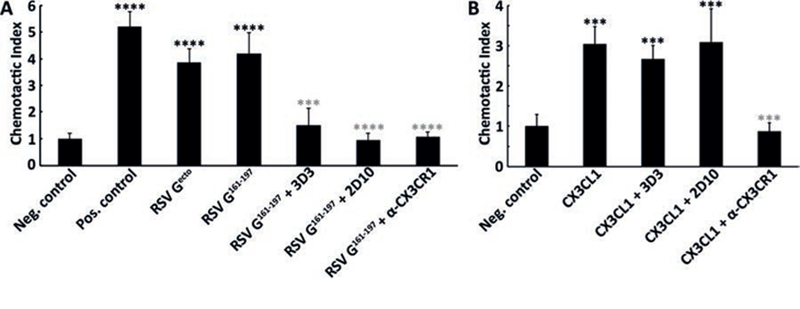Fig. 3. bnmAbs 3D3 and 2D10 specifically block RSV G161−197-induced chemotaxis.

Chemotaxis assays were performed in a transwell plate, with THP-1 cells added to the upper chamber and chemoattractant added to the lower chamber. (A) Serum free media was used as negative control, 10% fetal bovine serum as positive control, 5 nM RSV Gecto, or 5 nM RSV G161–197. (B) Serum free media containing 1 mg/mL BSA was used as a negative control and 10 nM CX3CL1 (fractalkine) as a positive control. Chemotactic indices were determined by comparing the fold-increase in cell migration toward the chemoattractant compared to cell migration toward serum-free media alone. Studies with bnmAbs (25nM) were used to examine inhibition of RSV G161−197- and CX3CL1-induced chemotaxis. Studies with anti-CX3CR1 pre-incubated with THP-1 cells in the upper chamber were used to examine antagonism of cell migration toward RSV G161−197 and CX3CL1 in the lower chamber. A Student’s t test was performed. Black asterisks denote significance compared to negative control and gray asterisks denote significance compared to RSV G161−197 (panel A) or CX3CL1 (panel B), with “***” for p< 0.001 and “****” for p<0.0001. Chemotaxis experiments were performed in four biological replicates.
